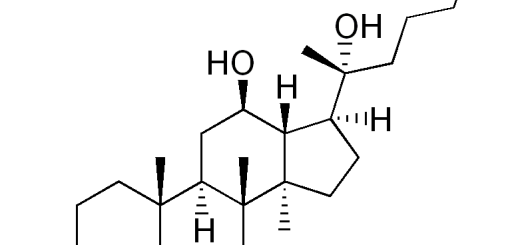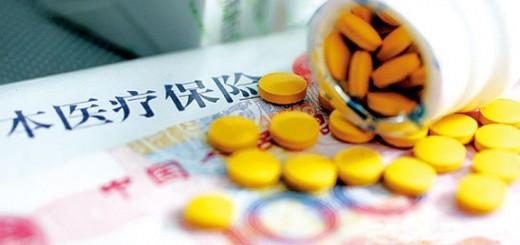| Share This Article
Research Frontiers of Medicinal Plants |
||
| DOWNLOAD |
|
Downloads Pharmacological Review of Ginsenoside Dammarane Saponin Rh2 Downloads Pharmacological Review of Ginsenoside Dammarane Saponin Rg1 Downloads Pharmacological Review of Ginsenoside Dammarane Saponin Rb1 Downloads Pharmacological Review of Aglycon Dammarane Sapogenin (AGS) – Protopanaxatriol (PPT) Downloads Pharmacological Review of Aglycon Dammarane Sapogenin (AGS) – Protopanaxadiol (PPD) |
PPD induces apoptosis of glioma cells
20S-Protopanaxadiol (PPD) is an aglycon metabolic derivative of the protopanaxadiol-type ginseng saponins. In the present study, PPD was used to induce cytotoxicity for two human glioma cell lines, SF188 and U87MG. For the SF188 cells, PPD activated caspases-3, -8, -7, and -9 within 3 h and induced rapid apoptosis, which could be partially inhibited by a general caspase blocker and completely abolished when the caspase blocker was used in combination with an antioxidant. Compound PPD also induced cell death in U87MG cells but did not activate any caspases in these cells. Monodansylcadaverine staining showed that PPD induced dramatic autophagy in both cell lines. Elevated levels of superoxide anion in both cells and reduced levels of phosphorylated Akt in U87MG cells were also demonstrated. These results showed that 20S-protopanaxadiol (PPD) induces different forms of programmed cell death, including both typical apoptosis and autophagy through both caspase-dependent and -independent mechanisms. Source: Liu GY, Bu X, Yan H, Jia WW. 20S-protopanaxadiol-induced programmed cell death in glioma cells through caspase-dependent and -independent pathways. J Nat Prod. 2007 Feb;70(2):259-64. |








